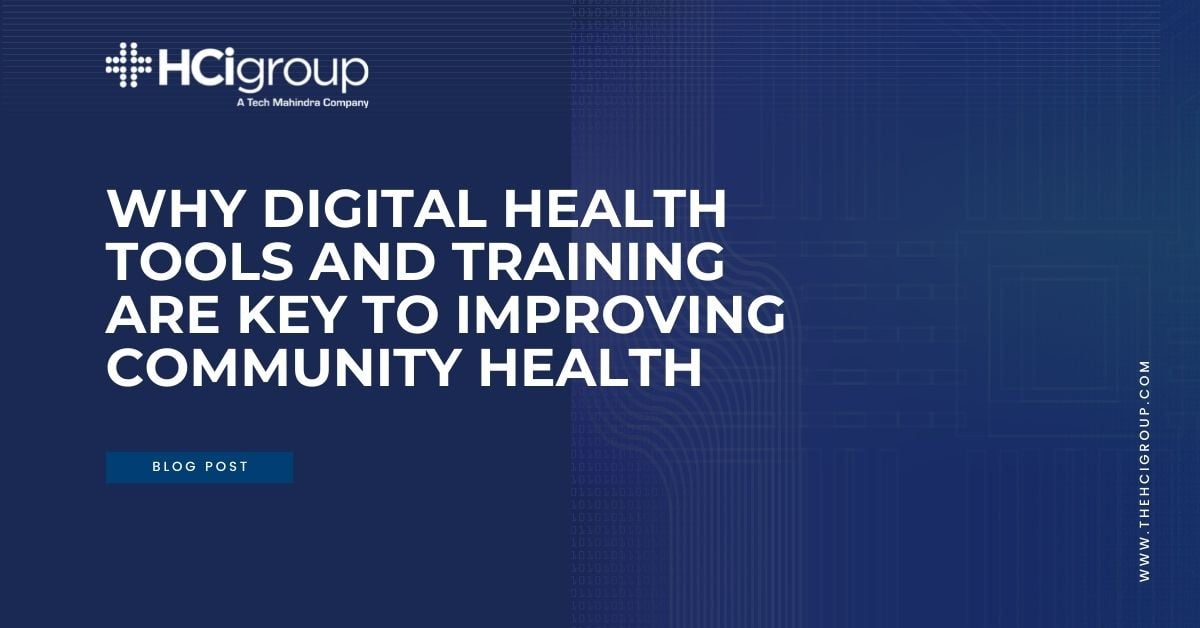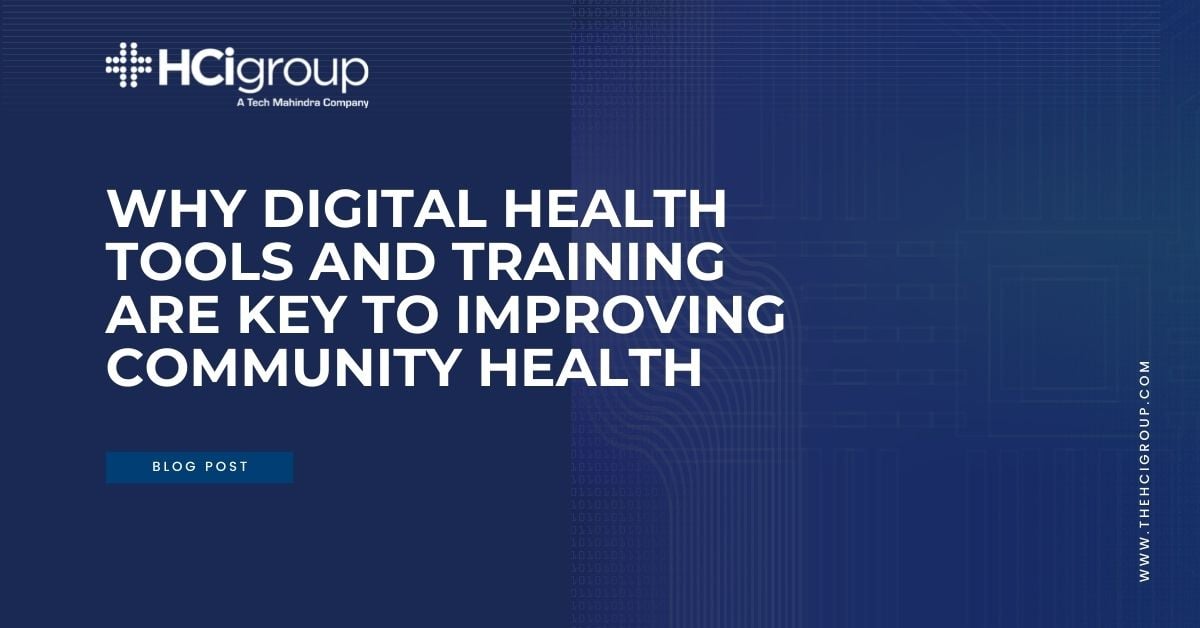Why Digital Health Tools & Training are Key to Improving Community Health


Digital health tools can improve population health, individual wellness, and health equity when organizations, providers, and patients have proper access and training.
“Providing patients with apps that give providers information remotely can improve care outcomes and increase health equity. And such apps are beneficial when they are intuitive and easy-to-use – for both patients and providers,” said Patrick Henson, senior vice president, clinical applications, at The HCI Group.
Providers could also use the information they get from the app to improve community health by running reports, like identifying people with pre-onset diabetes that may be eligible for a clinical trial that could help them get better outcomes. With proper training, providers can make better strategic decisions from the information they receive from apps leading to improved patient outcomes, Henson said.
In addition to apps, public health technologies like geospatial technology, wearable devices, and telehealth help improve community health by giving providers more information and enabling patients to more easily get appropriate care.
Making care accessible
Deploying digital health tools is not enough to improve community health by itself, however. “The struggle is underserved populations. Patients may not have a smartphone or reliable internet or wear a Fitbit daily,” Henson said.
“So, while you can set up all the technology that you want in your clinic or community hospital, people cannot get the tools that they would need, and therefore they would not get the benefits,” he continued.
Community outreach and investment in infrastructure around digital health technologies are crucial, Henson said. For example, some community health systems partner with retailers to serve patients in stores.
Whether patients visit an in-store clinic or access a provider virtually through a video visit from a community health organization’s location within the store, patients can get the care they need because there is most often a store close even if a hospital or other healthcare facility is not. This is particularly helpful for underserved communities, Henson said.
“Community outreach can increase the utilization of services by stressing the benefits of good health and making people aware of the care available,” Henson said. Though people want good care, he said, they cannot always get it because it is difficult to access.
“If you make it easy to access care, like by eliminating transportation barriers or the need to take time off work through digital health technologies, people get the care they want and need. In doing so, digital health technologies transform community health, improve individual wellness, and increase health equity,” Henson said.
Supporting patients and providers
Transformation takes time, though, and organizations should be patient. In community-based health settings in general, and when working with populations traditionally underserved by healthcare, organizations typically must earn patients’ trust first, said Stephanie Tussing, Epic clinical practice director at The HCI Group.
“The more common a positive presence of a group is in a community, the more trust there is. Trust inherently grows if underserved patients have regular, positive experiences with healthcare providers.”
Organizations must support their providers as well. Community health workers who travel between a parent hospital and clinics may have more tools than those clinicians that only work at a single location, for example.
“This brings the potential for multiple EHRs worked in and various devices used. This poses potential issues,” Tussing said.
Tussing said the following is needed to train and/or certify community health organizations and workers on the use of digital health technologies for their work.
● Operational buy-in.
● Common values and goals for those involved to ensure success.
● Case studies/research to support that tools benefit the patient population rather than just adding a new way to do an old task.
● Regular analysis of collectable data to improve outcomes would further justify the monetary and timely contributions needed to further the use of new tools.
Proper supervision and tools and workflows designed for providers are also crucial for enhancing the performance of community health workers with technology. Putting the right tools in the right hands and using them correctly helps patients get better care — where and when they need it.
